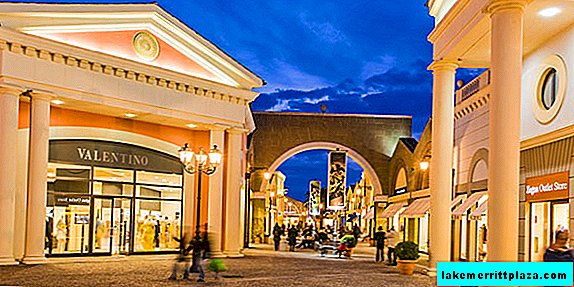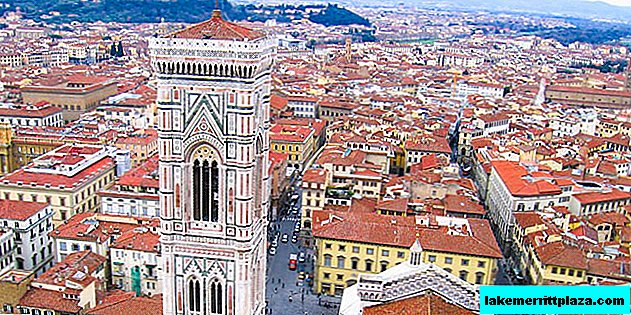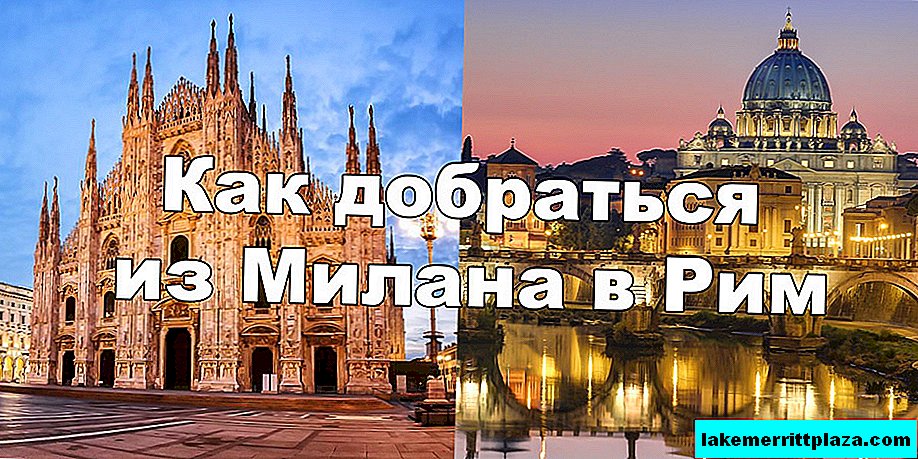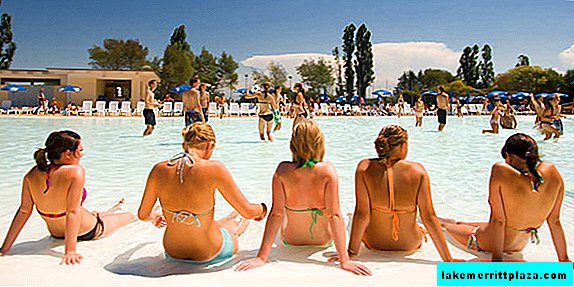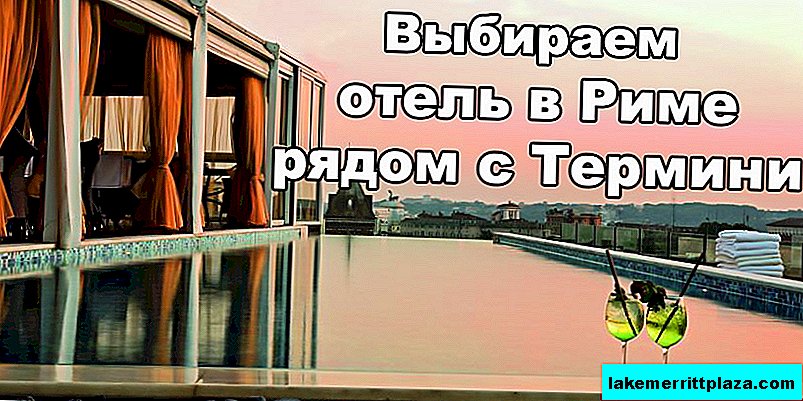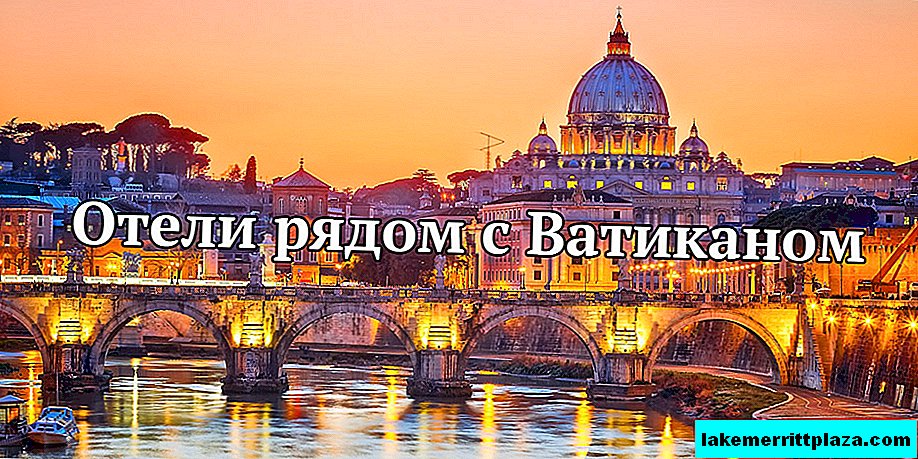New museum? Perhaps the “new”, but the number of “old” things is impressive! The collection is not small and very rare! Bust of Nefertiti. Egyptian artifacts. Funeral Mysteries. The culture of golden hats. Worth a stop. But, unfortunately, there is no audio guide in Russian.

New Museum (Neues Museum), photo by Janericloebe
The Berlin New Museum (Neues Museum) is located in the Mitte district. It is part of the Museumsinsel complex on the Spree River.
Museum building
The neoclassical museum building was designed by F.A. Stühler in 1841-50, but internal work continued until 1866. From 1850 to 1859, expositions began to work within its walls one after another. In 1939, the collection was closed.
The building was badly damaged during the bombing of Berlin during World War II. Allied aviation defeated the northwest wing and destroyed the southwest; unique murals on the central staircase were destroyed, the southeast facade was demolished.

Xanten Boy Simplex2 Photo
After the war, the ruins of the museum building continued to decay. The restoration of the complex began only in 1997. The author and project manager was David Chipperfield. The English architect preserved the surviving fragments of the interior: the vaults of the halls, floor mosaics, and murals. He recreated the facade and the west wing as close to the original as possible. In 2011, the reconstructed building was awarded the EU Prize in the field of modern architecture. Since 2014, the Berlin New Museum has received the status of a historical monument of German engineering and architectural art.
New Museum Exposition
The revived Neues Museum officially opened on October 16, 2009.
In the New Museum are:
- Egyptian Museum and Papyrus Collection,
- Museum of the prehistoric period and early history.
Egyptian Museum

Bust of Nefertiti (c. 1338 BC), photo by Magnus Manske
The first exposition was prepared for this event: the Egyptian collection with hundreds of sculptures, tombs, funerary masks, reliefs was returned to the building. The flagship artifact was the priceless bust of Nefertiti (XIV century BC) from the excavations of Tel el Amarna, which was placed in a separate room, where everything is thought out - lighting, wall and floor decor.
Papyrus Collection

Papyrus, photo by kairoinfo4u
They returned to the museum a collection of the original papyrus contained there before the war.
Collection of the prehistoric period

Schliemann Hall and Treasures of Troy, photo by Matysik
The museum fund includes a collection of prehistoric archeology and early history. It contains 6,000 artifacts found in European and partly Asian territories, and covers the period from the Paleolithic to the Middle Ages. The halls dedicated to Schliemann and the treasures of Troy are impressive.

Exhibits from the prehistoric period, photo by Martin W.
The origins of this collection go back to the "art cabinet" of the Hohenzollern family (in the royal palace of Montbijou in 1830 the public was first presented the "Museum of Russian Antiquities").
One of the expositions on the ground floor is dedicated to the god Odin, the plots of German-Scandinavian mythology. In the neighboring halls are collections of the Aegean and Roman worlds, finds from the North Black Sea region, from Cyprus, from ancient Etruria. Above the floor is an exposition illustrating the change of historical milestones: "Stone, Bronze, Iron Age".
Antique collection

Antique artifacts, photo by Arian Kriesch
The antique collection of the New Museum, dedicated to ancient Greek and Roman culture, is considered one of the most extensive and informative in the world. It includes sculptures and vases, architectural elements, bronze and jewelry rarities, terracotta and glass products, and ivory applied objects. The themes of antique exhibitions intersect with collections of the prehistoric period.

In the halls of the museum, photo LUK! Around
Working hours
Mon-Wed 10:00 - 18:00;
Thu 10:00 - 20:00;
Fri-Sun 10:00 - 18:00.
Tickets
The cost of a full ticket is € 14.00,
preferential - € 7.00.
On the Museumsinsel map (Pergamon Museum, Bode Museum, Old Gallery, New and Old Museums):
full - € 18,
preferential - € 9.
2017 prices. See the latest information here.
How to get there
Take the U2 underground line to the Spittelmarkt, Märkisches Museum, Hausvogteiplatz or Klosterstraße stations; Lines U6 - to the station Friedrichstraße.
By city train lines S5, S7, S9, S75 - to the station Hackescher Markt; lines S1, S2, S25 - to the station Friedrichstraße.
By tram M1, M12 - to the stop Am Kupfergraben; M4, M5, M6 - to the Hackescher Markt stop.
By TXL bus to the Staatsoper stop; No. 100, 200 to Lustgarten; No. 147 to Friedrichstraße)
How do I save on hotels?
Everything is very simple - look not only at the booking. I prefer the search engine RoomGuru. He is looking for discounts at the same time on Booking and on 70 other booking sites.

